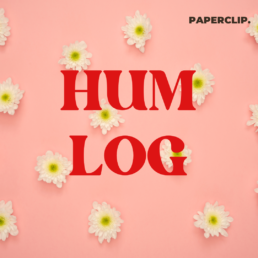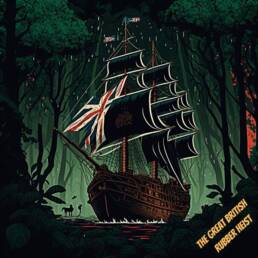Every moving object comes out of a primitive static stage. The same holds true for cinema. On ‘National Cinema Day’, here’s a thread on medieval art and the contribution of two-dimensional paintings to the foundation of Indian cinema.
The story begins with a royal robbery in the 19th century. A male servant, Madhavan, was accused of stealing princess Mahaprabha’s gold and diamond ornaments from the royal house of Mavelikkara and detained by the then prince, Ravi Varma.
He was then beaten to death with a giant jackfruit, stabbed, his eyes gouged out, and eventually hung to make it look like a suicide. After a prolonged investigation, the prince was found guilty in the “Travancore Scandal”, and imprisoned for life.
A couple of years later, an 18-year-old namesake of the accused prince, married the youngest daughter of the royal family.
This teenager had a keen interest in the art of iconography and portrait paintings. His association with the royal family only helped him to further explore the vast horizons of his obsession. Little did anyone know that the kid would revolutionize the Indian painting landscape.
From the beginning of the 19th century, Indian artists faced a challenge due to the influx of the European Renaissance still-frame. Painters from Lucknow, Murshidabad and Patna migrated to the urban cities and created ‘bazar’ paintings to make ends meet.
The famed Kalighat painters of Calcutta had to contend with photographs and woodcut prints to make their work economically viable. Just then, young Ravi Varma started a lithographic printing press in Maharashtra.
Varma’s forte was his paintings on Hindu mythology. The oleographs he produced in his press reached the masses. From calendars to posters, he created ‘industrial art’ that spread from the feudal to the urban marketplace, across the country.
Varma’s success with the press attracted a Nasik-based young man, Dhundiraj Govind Phalke, who was seeking a job. Phalke was a man of many talents – painting, dark-room printing, illusion tricks to name a few.
Under Varma’s mentorship, Phalke learned the art of photolithography that later enabled him to start his own press where he pioneered three-color printing in India.
However, Phalke’s ultimate magic of creating moving pictures on screen came alive when he saw ‘The Life of Christ’ by French director Alice Guy-Blaché.
“While the life of Christ was rolling fast before my eyes, I was mentally visualizing the gods Shri Krishna, Shri Ramachandra, their Gokul, and Ayodhya…Could we, the sons of India, ever be able to see Indian images on the screen?” – he later said.
Needless to say, his vision was directly influenced by his brief experience of working at Varma’s press. While Varma captured the moments of immortal stories in his paintings, his mental, Phalke, brought them to life.
As ‘Raja Harishchandra’ came to life in the summer of 1913, it brought to the fore tendencies simmering in painting and thus exposed a new cultural and political frontier for a variety of movements. The mark of their century old legacy is still lucid even for the new generation.
The influence of Varma’s famous portrait of ‘Princess Damayanti’ can be seen in Sachin Kundalkar’s ‘Aiyyaa’ (2012), Sanjay Leela Bhansali’s ‘Bajirao Mastani’ (2015) and Siddharth Anand’s ‘Anjaana Anjaani’ (2010).
His acclaimed ‘Mother and Child’ portrait was seen in Rohit Shetty’s ‘Chennai Express’ (2013). The very fact that today we are celebrating this day is because Phalke once dared to sell out his fortune to make a 40- minute long silent film that eventually created one of the most thriving industries in India.
Raja Ravi Varma and ‘Dadasaheb’ Dhundiraj Govind Phalke through their pioneering vision, created magic from the canvas to the camera that is not just etched in memories but frozen in time’s frame.
Sources:
Journal of Arts & Ideas by Ashish Rajadhyaksha
https://indiaartfair.in/a-travancore-scandal-raja-ravi-varmas-mahaprabha
Wikimedia
Google Arts & Culture




